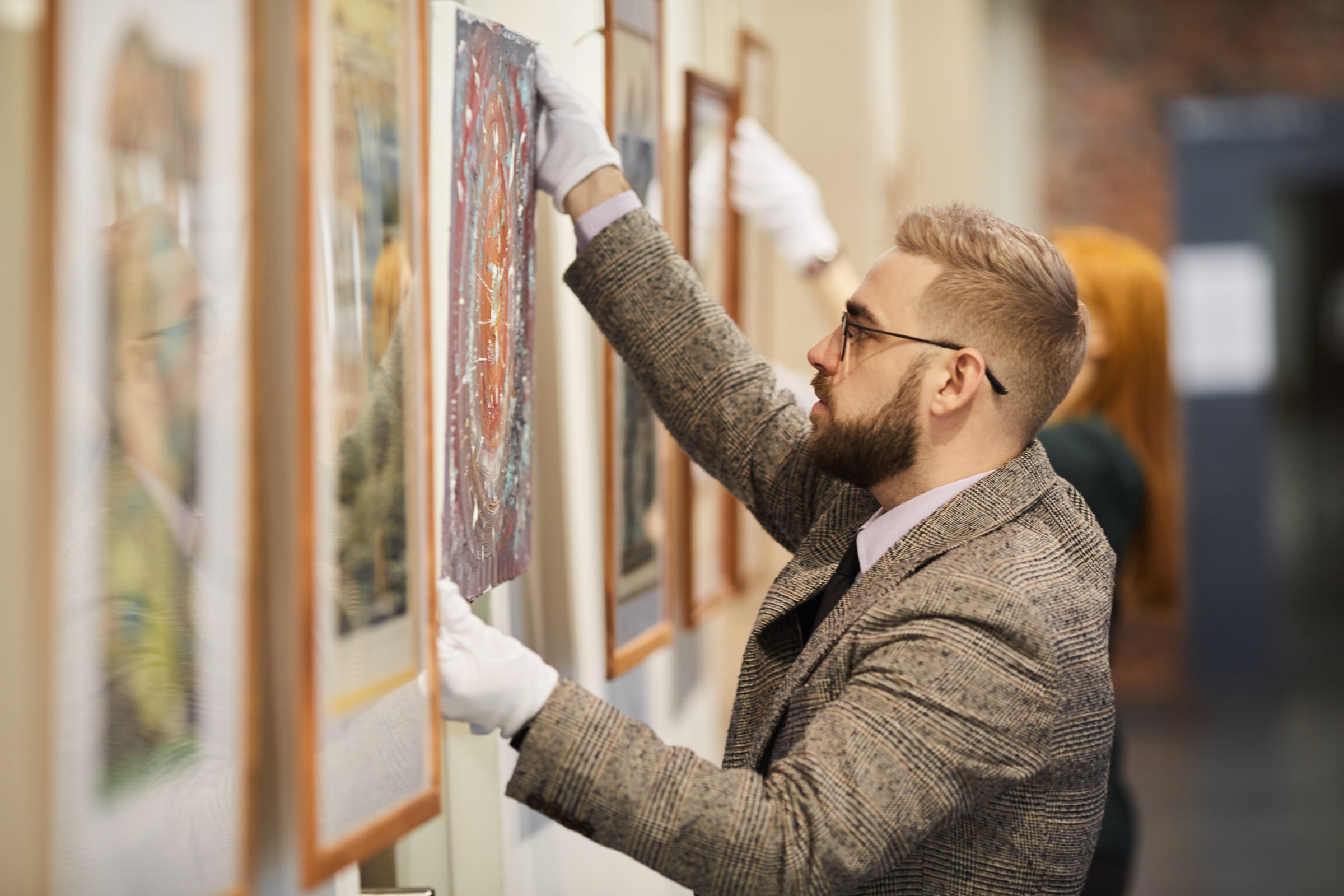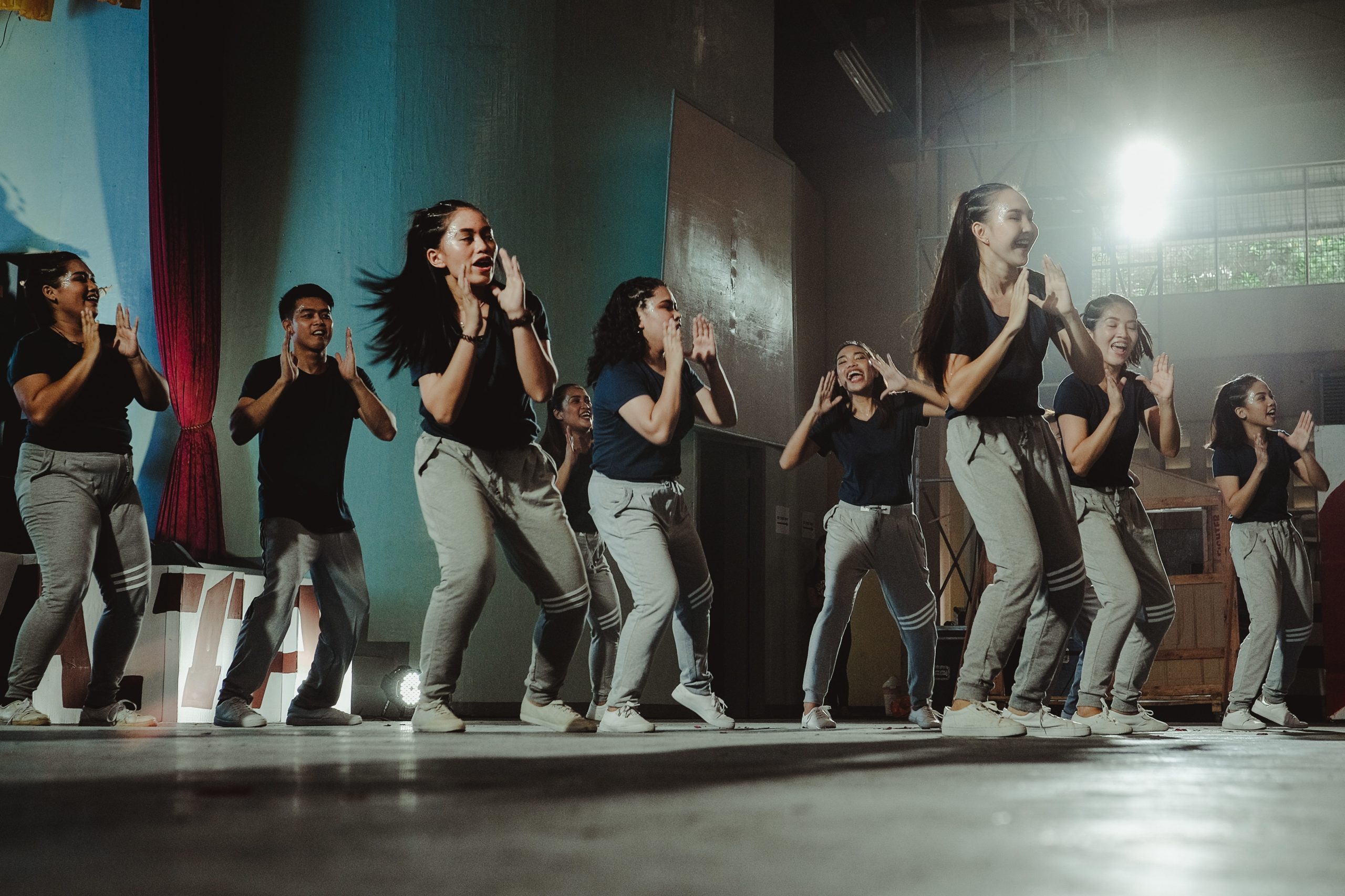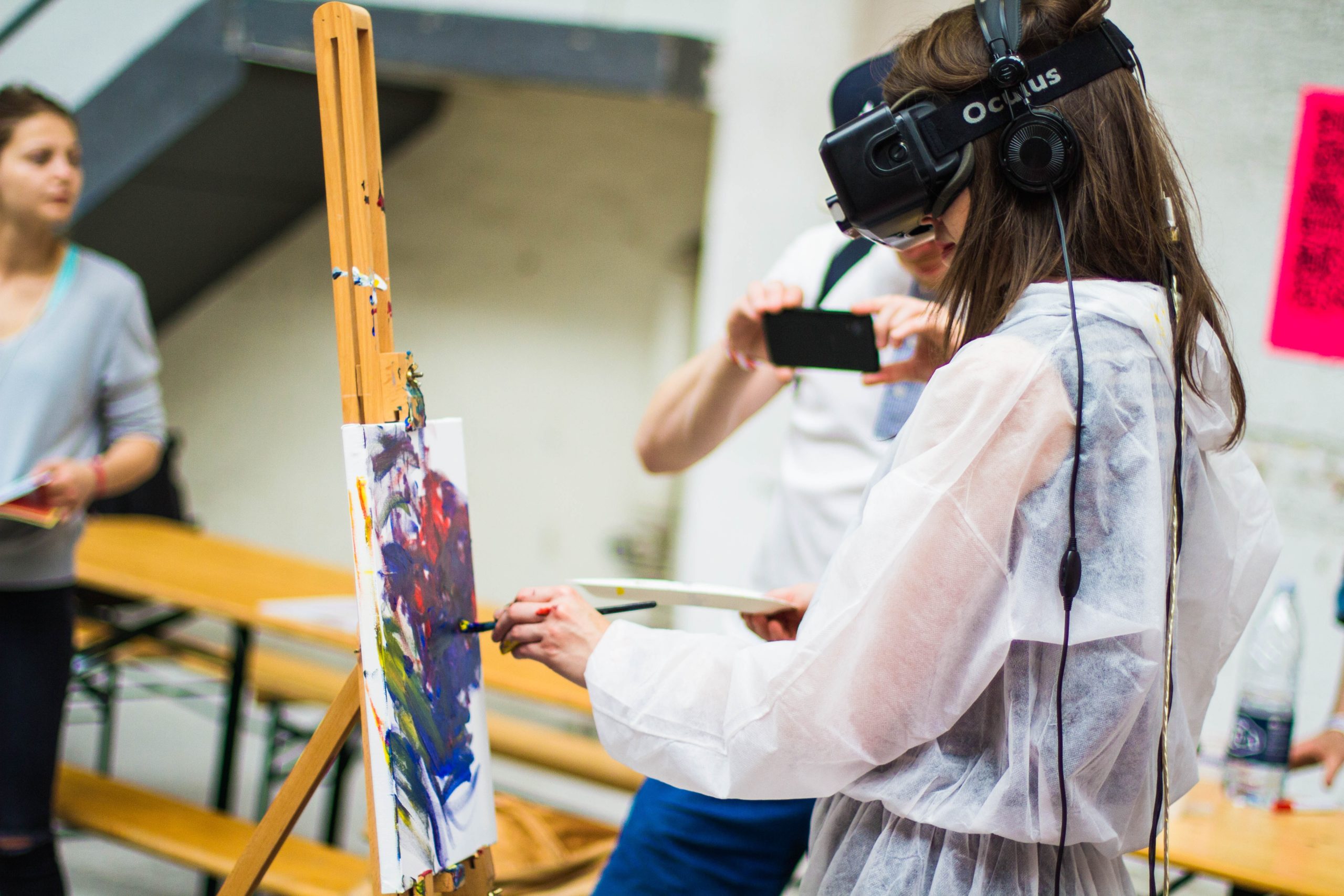Enrolling in postgraduate studies now come with many choices, depending on what you want to focus on as a career path. In its pursuit, you could opt to go to any university or college of your choice and pay for your way. Another alternative, though, is availing of scholarships or pursuing funded programs.
As the term implies, a fully-funded educational program is one that caters to everything a beneficiary needs. It’s true that anything a student needs in the course of their studies would be covered by such a program. Expenses ranging from tuition, housing, feeding, and all other necessary things are catered for by the body funding the program. Its design is meant for beneficiaries not to have study loans, which will end up as accumulated debt they’ll have to pay after they graduate.
Several academic areas offer fully-funded programs, depending on the specialization. The sciences, mathematics, and the arts are the domains that often have several scholarships, stipends, and other student help available to lessen the financial burden of students. But many top-notch universities also offer their respective strengths when it comes to providing fully-funded programs. One such area that could be funded is the pursuit of an MFA degree.
What is an MFA?
MFA stands for Master of Fine Arts. It’s a degree for postgraduate education wherein students could delve deeper into studying specific fields of the arts. Usually, most students go for their master’s degree after obtaining their bachelors’ degree in a university or college.
An MFA is not to be confused with an MA, though, which is a Master of Arts degree. While both could have parallelisms, an MFA is more sharpened and focused on studying specific areas of practice under an art form. Another difference that the two postgraduate degrees have is that an MFA could be taken longer in specific specializations, whereas an MA is usually designed to be finished in two years.

Academic Programs In MFA
Fully-funded MFA programs are very common worldwide. One just needs to research online to see which universities or colleges offer such programs that cover specific disciplines.
In an MA degree, there are many areas of specialization covered by its program. But the fully-funded MFA programs help you focus on a particular art practice or discipline you love and get grounded in it better. The curriculum is designed to help practitioners enhance their craft or encourage transitioning professionals to discover new artistic ideas.
Some of the most commonly fully-funded MFA programs specialize in the following areas:
- MFA in Creative Writing: This literary-based MFA program could have more specific specializations based on a writer’s chosen genre, such as fiction, poetry, playwrighting, or creative nonfiction, to name a few.
- MFA in Filmmaking: Filmmaking is one core area in an MFA degree program, but there could also be related MFAs specializing in certain filmmaking aspects such as film directing, cinematography, screenwriting, acting, and other aspects.
- MFA in Graphic Design: Artists mix design theory and practical stylistics in studying specific areas, such as web-based design, design publishing, and the like.
- MFA in Visual Arts: An MFA in Visual Arts would find students specializing in traditional arts such as sculpture, painting, and others. However, this discipline now includes ceramics, printmaking, and other crafts-focused work.
- MFA in Dance: Performance and practice are the key areas in this discipline, where students could further focus on several aspects such as choreography, dance experimentation, and other forms.
- MFA in Photography: Different from filmmaking, photography could be studied in-depth on its own, as several types of photographic approaches would be discussed in this academic major.
- MFA in Theater: Performance is the key in this MFA, as well as how to prepare a stage production, directing, technical design, and other theatrical areas.
Categories Of MFA Degree Programs
Applying students have the option of choosing between two categories of MFA degree programs, as follows:
High Residency Programs: This is a full-residency program that entirely takes place on campus. Students are required to relocate to a new city with an intense commitment to the duration of the program. They are usually discouraged from working during the course of their studies. Hence, they could avail of fully-funded tuition with stipends and grants.
Low Residency Programs: This is a more flexible type of MFA degree program as it involves distance learning. It’s designed for students who have other commitments like jobs and families in addition to attending school.

General Requirements Of MFA Programs
These MFA courses are offered in many universities and colleges around the world, and they have specific requirements. But when it comes to an MFA application, students are often required to submit samples of their existing portfolios. It is assumed that they would already have some basic knowledge or practice of the art form they want to study, and this factor is sometimes required by the schools as well.
Thus, an application should also have samples of the artists’ work experience in a particular field of study. For example, a student applying for a creative writing MFA would bring writing samples of their published or unpublished works. The quality of the portfolios submitted increases the chance of admittance into an MFA program.
As with any other academic institution application, documents like recommendation letters, transcript of grades, personal statements, and the like are usually required to be submitted alongside the portfolio.
Reasons To Attend A Fully-Funded MFA
It’s undeniable that education is expensive all over the world. The cost of training a student through a stipulated duration is beyond cheap. Many students depend on student loans to sponsor their stay in school. At the end of their study, though, massive debt is incurred by these students.
An MFA degree program is not an exception to the slew of academic programs requiring huge expenses to earn a degree. By the very nature of its varied disciplines, there would be more advanced needs for technical prowess, supplies of art materials, and other expenses related to a particular course. However, some schools have provisions for fully-funded MFA degree programs, whether these are shouldered by entities from the public or private sector in part or in whole.
To understand its benefits further, here are the reasons why you should attend a fully-funded program using an MFA program as a case study:

Full-Tuition Payment
Nothing sounds as good as not having to worry about the tuition fee for the duration of your program. Full-tuition FA programs offer you free education that’s like a scholarship where your full cost of training is already covered financially.
Thus, such a program frees you from having debts to pay back after graduation, lightening the burden of the cost of education. You don’t have to say no to school anymore just because you don’t have the funds. With a fully-funded program, you can save money and achieve your academic dreams.
Taking a closer view into MFA programs, they usually cost an average of around USD$38,000 per year. You could see that this can be classified as expensive for a typical student. A fully-funded MFA program would definitely be a way out for anyone intending to pursue postgraduate studies.
Apart from full tuition payment, fully-funded MFA programs could also cover the following:
• Health Insurance: As a student attending a fully-funded program, you don’t have to worry about your health expenses because your program takes care of that. You will be privileged to get health care services at little or no cost, relieving you of the stress, anxiety, and debts of having to pay for insurance dues or premiums. Several schools have this offer in their package.
•Waives Extra Fees: Extra fees that could come with an MFA program, like registration fees, activity fees, sports fees, and other academic or extracurricular fees, could be waived by a fully-funded program. This coverage frees you from spending extra and helps you manage and maximize your stipend or allowance.
Modest Stipends For Living Expenses
Some schools provide basic stipends to cover the average cost of living in their particular area. The stipend amounts vary from school to school, but is usually enough for students to cover their daily expense accounts. What’s often included would be the lodging, meals, and other basics needed while studying.
For an MFA, however, the stipend could also come in the form of artistic support that’s not necessarily monetary in nature. Some schools strike deals with other institutions that could host or house artist-in-residence programs for their students or provide studio residency for creative work fulfillment. Programs that incorporate artistic research could even cover the various expenses needed by students to pursue their research work, such as travel expenses for field work.

Less Stress
Usually, funded students also come with some responsibilities required of students to perform, often stipulated in their MFA guidelines. Examples of such duties include teaching undergraduate classes, work as an instructor’s assistant, deliver lectures, attend seminars and conferences, assist with related tasks and projects, and other practices needed in specific fields. However, these responsibilities are designed to fit into your schedule, affording you the necessary time required to attend classes and practice your artistic discipline.
Such MFA programs are often designed to give enough leeway and balance for students to hone their craft and study the theoretical treatises behind their disciplines. Unlike an MA program where the focus of study could be stretched to several interdisciplinary areas, the MFA’s scope would be less stressful, given the in-depth focus it gives to your particular area of interest.

More Time
Often, professionals who decide to pursue an MFA would still need to eke out a living, even while they’re fully enrolled in a program. Most end up as working students who earn salaries on the side or divide their time between school and work.
As a sponsored MFA student, you need not have such work pressure outside the school environment. You won’t need to engage in menial jobs done by self-sponsored students to finish their schooling and survive their daily life. Since your basic needs are catered for by the funded programs, you get to have enough time for classes, personal studies, and even rest!
Drive To Success
Attending a fully-funded MFA program is enough encouragement for any student to work or put in the necessary efforts for success. The scholarship is usually awarded for a stipulated amount of time and covers only that identified timeframe. You would recognize this fact and give all it takes to be successful in your MFA degree.
This is where the aspect of maturity comes into play as a postgraduate student. You recognize that you are directly or indirectly being paid to go to school. Thus, you need to fulfill the end of your bargain by having strong grades and being a good student. Students of fully-funded MFA programs usually come out with good grades due to this drive.
Besides, all your needs are catered for, and you usually don’t have major things to worry about each semester. This makes the journey to success much easier with a fully-funded program.

Access To Materials And Resources
As a student of a fully-funded MFA program, you get more access to materials and resources required to sharpen your skills—at no extra cost to you. You are granted entry into your artistic space with everything you need to do for your creative work. Those who would need other kinds of cultural laboratory spaces would also be given access to fulfill their creative work requirements.
In addition, you are also included in many activities and events wherein you could meet industry insiders, high-profile practitioners, and related public figures that would enhance your stay in school. There could also be field trips or official visits to areas or places that would enrich your schooling.
Conclusion
Perhaps everyone in the world would probably like the sound of getting a scholarship to earn a postgraduate degree. This is why passionate and dedicated artistic scholars scour the top universities and colleges worldwide in search of fully-funded MFA programs that cater to their interests or specialize in their artistic disciplines. If you search diligently enough, it’s a sure bet that you’d find one catering to your needs. And yes, it’s worth pursuing.





